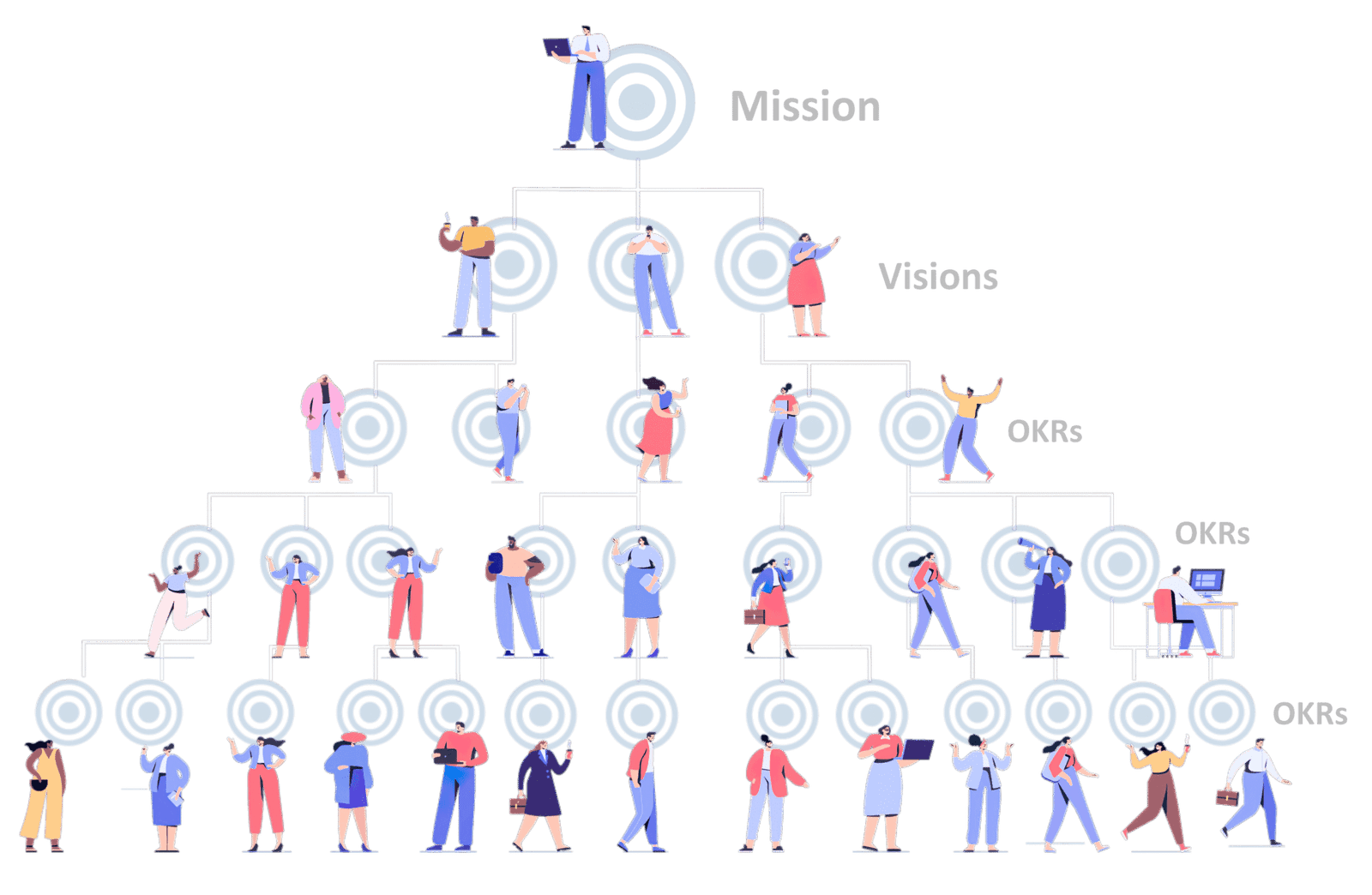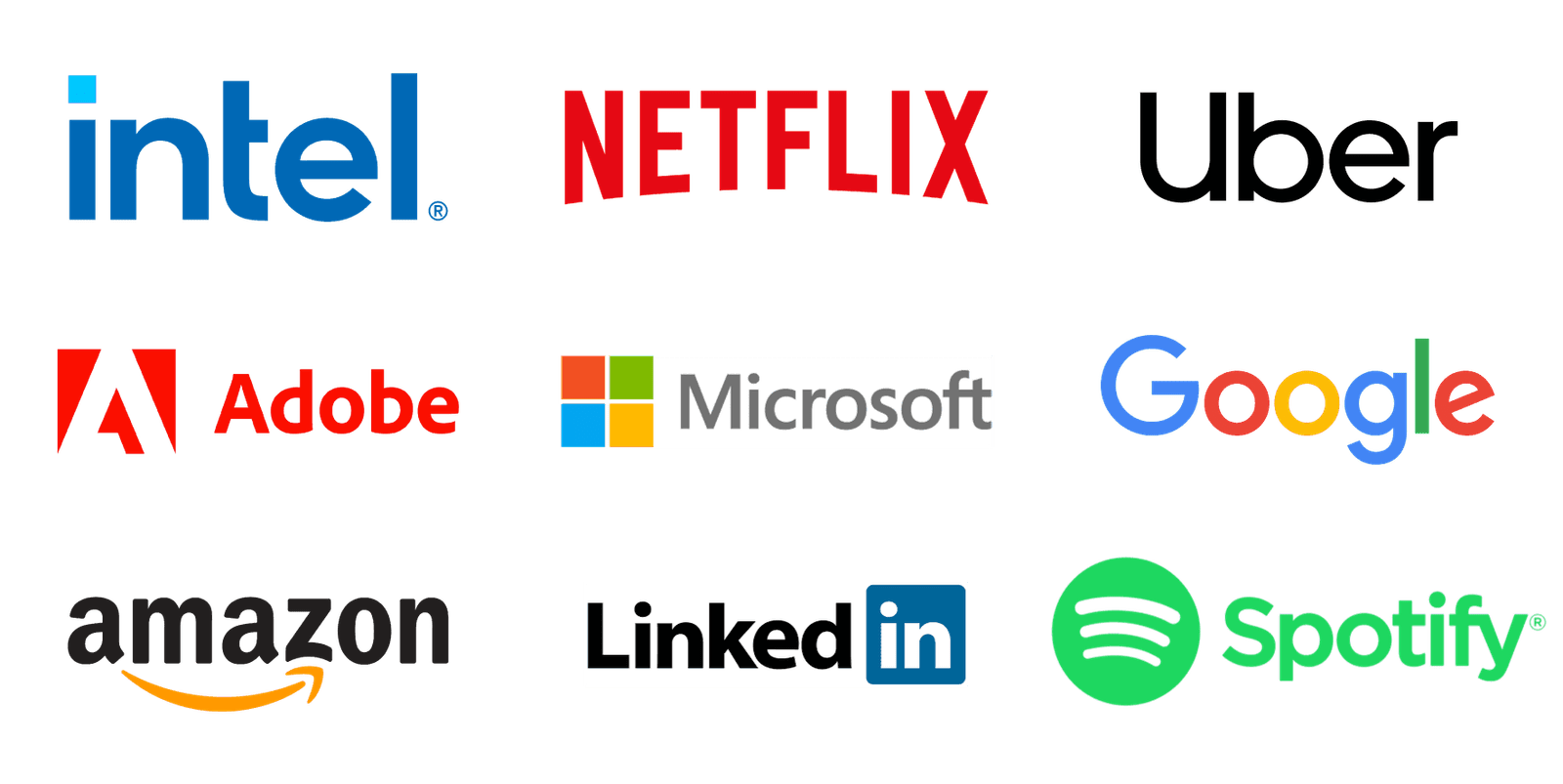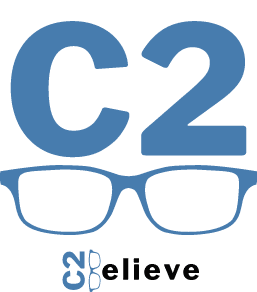Listen and follow
Introduction
How OKRs drive ESG initiatives.
In Taiwan, ESG (Environmental, Social, and Governance) has been building momentum in corporate circles over the last few years. Educational efforts and Government mandates are driving ESG to establish Taiwan as one of the leaders in environmental and social responsibility.
But questions remain:
- Are companies only compliant because of incentives and mandates, or can they become genuine advocates of Environmental and Social change?
- How do companies implement ESG as a permanent, long-term commitment.
OKR (Objectives and Key Results) is a goal-oriented management framework that is uncannily suitable for ESG implementation. OKR has already been implemented as an essential tool by companies applying the ESG framework.
New to OKRs? See the video “What is OKR?”.
What is ESG?
ESG has absorbed CSR (Corporate Social Responsibility), becoming the de facto model for directing companies to uphold environmentally responsible standards. It is a holistic, quantitative and well-thought-out approach, encompassing all the stakeholders who are impacted.
Here is a quick rundown of ESG.
Environmental – This is the primary impetus for ESG, to rectify the alarming global climate conditions and shift to a sustainable paradigm. ESG accomplishes this by identifying units of measurable goals to help companies objectively gauge compliance – metric tons of CO2, kilowatts per hour, Gas emissions mg/m3.
Social – This aspect of ESG addresses the interconnectedness of all the stakeholders – in effect, you cannot affect environmental change, without considering the well-being of investors, employees, consumers, suppliers and even the general public – this includes their financial and other essential needs (education, water, and jobs).
Governance – This describes the expectations for board-of-directors, executives and managers to implement and comply with the regulatory and moral aspects of ESG initiatives. This includes appropriate planning, strategy, and policies.
Why OKR (Objectives and Key Results) for ESG?
ESG is a paradigm shift in companies that impacts both working habits and culture.
OKR is a goal-oriented management framework that is suitable for ESG implementation – it is a solid management methodology that is purpose-driven, aligned, and pervasive for organization-wide change.
OKR is all about Governance.
The “G” (Governance) is a crucial aspect of ESG implementation – ESG calls for mindful and moral strategic leadership that can commit to and sustain ESG principles.
Mission and Vision articulate a company’s aspirations; strategy brings those goals to life.
OKRs serve as the framework that connects leadership’s Mission and Vision with management’s execution strategies and makes sure the entire organization is aligned to important company directives.
OKRs push characteristics of a well-governed organization:
- Goal-oriented, with clear Mission and Vision directives
- Skillful, Strategic Planning
- Organized, Inclusive and Aligned
- Employee and People Centric
- Fair and equitable practices
- Integrity & Transparency
Embedding OKRs into the ESG playbook transforms governance from mere policy into culture—driven by clarity, accountability, and moral intent.
OKR is goal-oriented and can drive ESG behavior.
ESG is an eco-social framework that must be embraced as a core ideology – otherwise it becomes a perfunctory exercise that’s destined to fade over time.
OKR is a purpose-driven management framework that is suitable for implementing and disseminating ideas – ESG imperatives start with the CEO and pervades through the ranks – top-down, bottom-up, and lateral collaboration gets teams involved and engaged, galvanizing staff to tackle ESG challenges.
Check-ins, transparency and iterative attention by managers build ESG momentum – and over time, ideas, terminology and processes become habit – that is what developing ESG culture through OKR is.

OKR is measurable and trackable.
OKRs work well with projects and teams that are numbers-based like sales (# quotas, # leads, # revenue).
The E in ESG is also numbers-based – wattage used, carbon footprint (metric tons), waste quantities. These items are perfect candidates for Key Results, which are the quantifiable measurements that validate the achievement of an ESG goal.
Here is an OKR for an ESG directive
Objective: Achieve net carbon zero by 2026
- Key Result: Operations to identify 10 areas for CO2 emission reduction
- Key Result: R&D to brainstorm 3 renewable energy alternatives for our products
- Key Result: Staff members to come up with 3 ways to reduce personal carbon footprint
OKR is an iterative process essential for ESG.
There are a lot of unknowns when implementing ESG and companies will not always get it right. ESG is not a one-and-done proposal, but an evolving and advancing endeavor.
That’s why it’s important to have an “iterative process” to retrospect, critical-think, refine and execute … and then do it all over again.
This is an important concept of OKR of constantly improving, raising the bar, exceeding expectations, and always moving in the right direction.
OKR is a people-oriented framework
The “S” (Social) is an underappreciated aspect of ESG – it’s about addressing the social condition or well-being of all the stakeholders involved. The idea is that focus on environmental improvement cannot happen unless society is in a good place as well.
Employees are one of the major stakeholders in ESG. Here is an example OKR.
Social Objective might be: Reduce employee turnover by 75%
- Key Result 1: Increase employee satisfaction rates to 80% on surveys
- Key Result 2: Recruit 60% of current employees for health program
- Key Result 3: Identify 5 areas for improving working conditions
See our article “OKRs boost employee engagement“.
Can OKR drive ESG?
Many companies are already using OKR or OKR-style frameworks to drive ESG initiatives.
- Google uses OKR to drive ESG aiming for carbon-free energy by 2030
- IKEA uses OKR-style methods to target circular product design, renewable energy use and social impact for supply chains.
- Salesforce uses OKRs to gauge net-zero commitments, supplier diversity and ethical AI.
- Unilever administers their sustainability goals with clear objectives and measurable results—like reducing plastic use and improving supply chain transparency.
Conclusion: OKR is a purpose-driven-culture to drive long-term ESG commitment.
ESG needs to be a pervasive, inspired company-wide effort for it to become a long-term commitment – it’s about culture-change. And CEOs, executives, managers and the front-line staff need to be aligned and focused with clear measurable goals and timelines.
This is exactly what OKRs bring, a purpose-driven, goal-oriented framework that builds culture and habit through discipline and aspirations of better days ahead – and that is sustainable, renewable ecosystem and thriving interconnected global societies.
Here are some more examples of how OKR drives ESG.
🎯 Objective 1: Establish ESG as a strategic pillar across the organization
- KR1: Develop and publish a company-wide ESG policy aligned with GRI and TCFD standards by Q2
- KR2: Conduct ESG awareness workshops for 100% of department heads by end of Q3
- KR3: Integrate ESG priorities into annual strategy planning in at least 3 business units
🌱 Objective 2: Reduce environmental footprint through measurable initiatives
- KR1: Decrease energy usage per unit output by 15% by end of fiscal year
- KR2: Transition 50% of company fleet to EVs or hybrids within 12 months
- KR3: Achieve a waste diversion rate (recycling/composting) of at least 70% in corporate offices
🤝 Objective 3: Strengthen governance and social accountability
- KR1: Implement ESG-focused KPIs into executive performance reviews by Q4
- KR2: Launch a supplier code of conduct aligned with ESG principles and audit 30% of suppliers by year-end
- KR3: Increase employee volunteering hours by 25% through new community engagement programs
OKR Training Classes in Taiwan
C2believe provides OKR training with classtime, exercises, and coaching.
On Site or Off Site | English or Chinese | In Taiwan (or remote)
- Introduction to OKR for leadership (2 hours)
- Team OKR Class (18 hours) – Classtime, exercises and coaching
- 8-month OKR deployment (coaching and train the trainers)
Contact us about your OKR training needs here
Look who’s using OKRs.











0 Comments